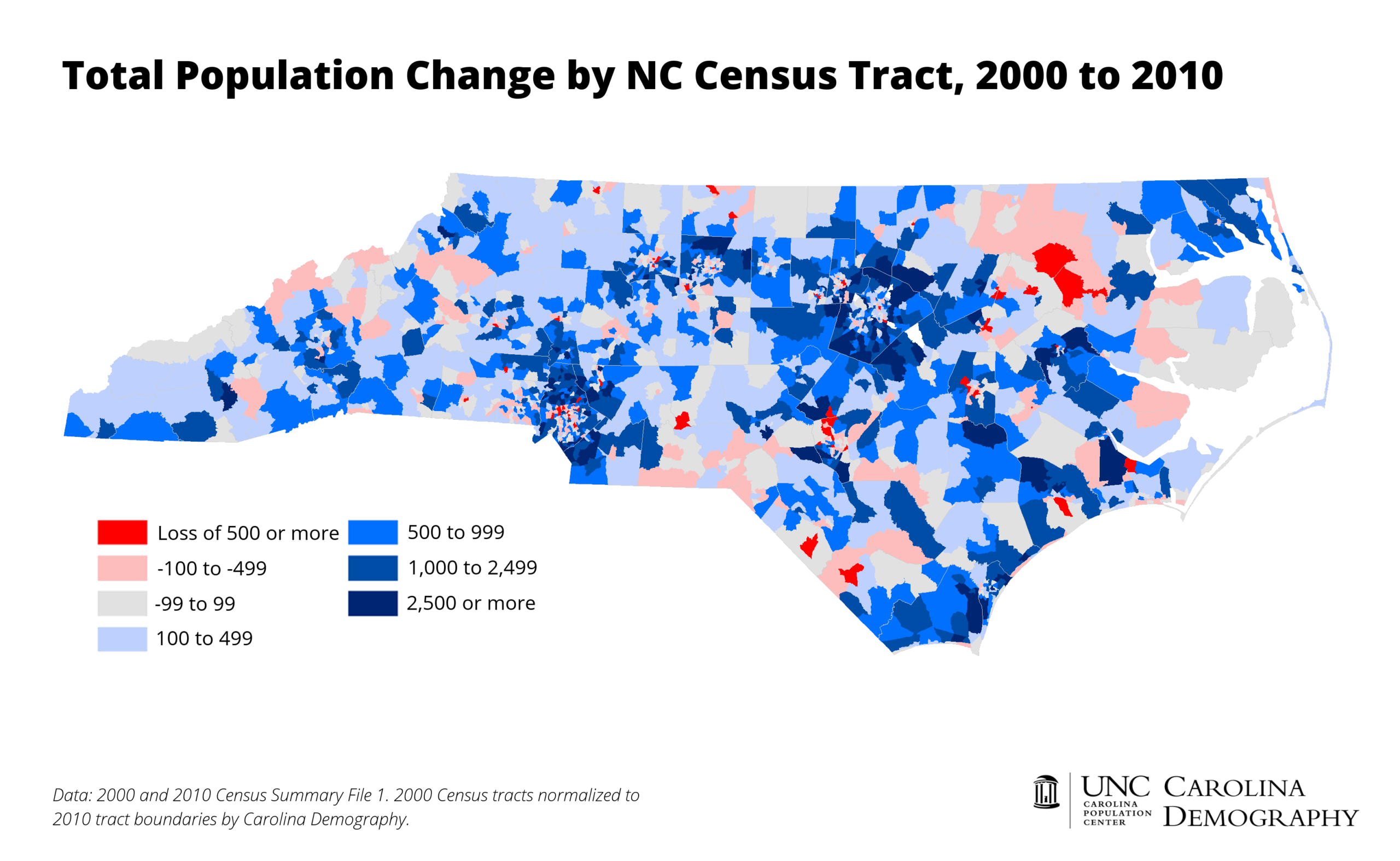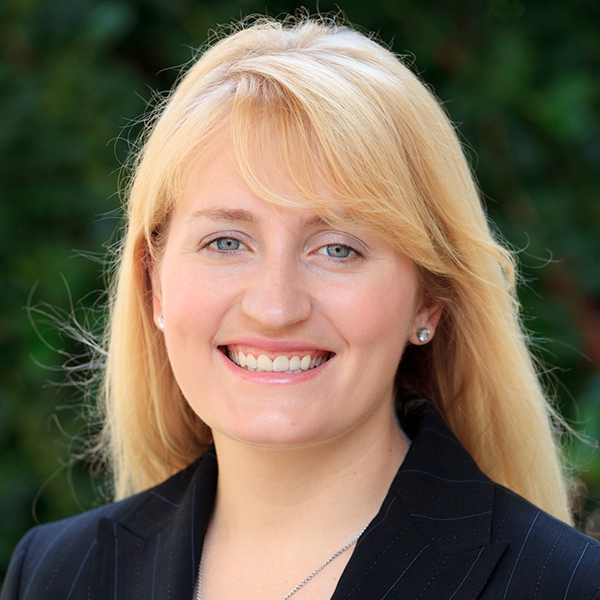
There has been a great deal of interest in the distribution of local sales tax revenue in North Carolina in the past few years. I will admit that as a scholar of local sales tax policy and effects, it has been an interesting time to be in the state (and made me much more popular!). Not surprisingly, I have been having a lot of conversations with people across the state about SB 126, so I thought I would put some of my thoughts down on proverbial paper.
 First things first, over the past few years there have been proposals and changes to the distribution of local sales taxes. Some of you may recall there was even talk of making all distributions on a per capita basis rather than a mix of per capita and point-of-distribution (for more on local sales taxes please see this, this, this, and this). While we have seen quite a bit of activity, with particular goals in mind, this tinkering with distribution is nothing new to North Carolina. Our local sales taxes, or what are commonly referred to as “Articles”, have been adjusted numerous times by eliminating particular Articles, introducing new ones, earmarking revenue from them, or even changing the distribution of revenue (more of the local sales tax revenue was distributed on a per capita basis in the past than is now!).
First things first, over the past few years there have been proposals and changes to the distribution of local sales taxes. Some of you may recall there was even talk of making all distributions on a per capita basis rather than a mix of per capita and point-of-distribution (for more on local sales taxes please see this, this, this, and this). While we have seen quite a bit of activity, with particular goals in mind, this tinkering with distribution is nothing new to North Carolina. Our local sales taxes, or what are commonly referred to as “Articles”, have been adjusted numerous times by eliminating particular Articles, introducing new ones, earmarking revenue from them, or even changing the distribution of revenue (more of the local sales tax revenue was distributed on a per capita basis in the past than is now!).
So why are we tinkering with them now? Well, I will not say what is motivating our elected officials, but it is likely the concern over the revenue raising capacity, or lack thereof, of our rural communities in the state. As with the previous proposals in recent years, and what we have actually changed, SB 126 primarily benefits our rural jurisdictions. The concern is that it benefits our rural jurisdictions at the expense of our urban ones.

What are we actually talking about?
Well we are talking about changing the existing adjustment factors for Article 40 which were in place as a hold harmless from previous changes to that sales tax base to a different set of adjustment factors. While this may not sound dramatic, it is for some jurisdictions. Let’s talk about it from a county-wide perspective (so some of this revenue is the county’s and some is the municipalities within the county). The proposed adjustment factor is not a reinvention, but instead using the area development tiers which have three levels; 0.9, 1.0, and 1.1. The current adjustment factors give extra revenue to the counties with the greatest capacity for generating revenue, because it was a hold harmless. These tiers are essentially/frequently the opposite of that, so in most cases if you have a high adjustment factor under the current system you are looking at a substantial decrease and vice versa. For example, Columbus County would benefit tremendously with a change in their adjustment factor of 0.29. They currently receive 81.3% of the Article 40 revenue generated in their county and under the new system they would receive 110%. On the flipside, Dare County will have a change in their adjustment factor of 0.49. They currently receive 149% of the revenue generated in their county by Article 40 and would instead receive 100%. My home county of Orange would go from 115.3% to 90%. These are, in many cases, substantial changes.
In some cases these percentages may seem more extreme than they are and in other cases, perhaps less. So in Orange County, using the county-wide numbers for FY16 that 25% percent change is a loss in revenue of just under $2.4 million. For Dare County, which would experience a loss of 49% it is just under $1.2 million. The gain for Columbus County, with its additional 29% is just over $1.1 million. In contrast there are counties like Tyrell which would receive, county-wide, about $30,000 more. And then there are Wake and Durham, which would have reductions of 24% and 6% respectively, and lose $4.8 and $4.2 million each. ***These numbers are low estimates because of remaining Article 40 funds that would like be distributed in the same manner.***

Are other states doing this?
No not really, though that does not mean much. Local sales tax laws vary tremendously from state to state and the issue of fairness or equity with regards to them is nothing new. There are only three other states that, like North Carolina, distribute a portion of the local sales tax revenue on a per capita basis and there are other states where other local taxes are shared amongst jurisdictions. Perhaps the most famous is Texas’s “Robin Hood” program which was just found to be constitutional again. Robin Hood is probably what you imagine, redistribution from the wealthy to the poor. In this case via school districts and property tax revenue. Of course, the most common way that states redistribute wealth between jurisdictions is at the state level with state revenues.
From the urban or tourism rich county perspective.
Many of you are frustrated. You feel like you are being penalized from being a growing, if not thriving, area. You understand that you do not (typically) just have bags of money laying around and that being more urban or having a robust tourism industry comes with costs too. Some of you are acutely aware that you have made choices about zoning and development to build up your sales tax base and this feels like you are now being penalized for that choice because you would not receive the local sales tax revenue that you had been expecting.
Urban/Tourism Rich perspective:
 That urban and tourism rich communities have a lot of non-residents visit or work there. While this generates additional local sales tax dollars (and other benefits) it also comes with additional costs for roads, police, etc. These communities have people using their goods and services that do not pay for them in the traditional avenue (property taxes). Thus, local sales taxes allow you to capture some revenue from these non-residents and offset the costs of having them commute or visit.
That urban and tourism rich communities have a lot of non-residents visit or work there. While this generates additional local sales tax dollars (and other benefits) it also comes with additional costs for roads, police, etc. These communities have people using their goods and services that do not pay for them in the traditional avenue (property taxes). Thus, local sales taxes allow you to capture some revenue from these non-residents and offset the costs of having them commute or visit.- These communities often have actively recruited zoned, incentivized businesses that add to their local sales tax base based on the assumption that the law would not change and they would receive the status quo share of revenue.
From the rural county perspective.
Many of you are also frustrated, you commonly have high property tax rates, often high utility rates, and no more ability to raise local sales taxes. You feel like you are maxed out on the capacity side, and yet you still do not have enough revenue. You look to your urban neighbors and watch your citizens go shop and spend their money in those counties.
Rural perspective:
- Tax leakage. This is the most powerful argument about why we can or even should tinker with local sales tax distributions. Tax leakage occurs when people travel outside of their jurisdiction to purchase goods and thus their sales tax dollars go to a jurisdiction other than their home jurisdiction. It happens for many reasons like working in other jurisdictions or preferring the shopping options in another jurisdiction (typically because there are better and more options available). When this occurs it is typically rural dollars leaking into urban areas, so is arguably the rural areas subsidizing their urban neighbors.
- It is not just about sales taxes it is about revenue raising capacity. Many rural jurisdictions are losing population and wealth is migrating out of those areas, leaving the jurisdiction in a hard spot to provide mandatory and important services.
- On a side note about this, we know from the income tax literature that the people that are most able to move (migrate) are the wealthy. So what we expect and observe is that the people left behind are the ones who cannot move either because of their job or their wealth. Of course there are people who choose to stay, but there are others with fewer and more difficult options.
- While for local budget and finance officers it is easy to just see the different revenue raising capacities of different counties across the state, it is important to remember that our urban and tourism rich counties doing well and being successful is advantageous to all of us because of state level taxation and expenditures. This is not an “us versus them” issue though it may feel that way at times.
- Saving grace. I will also note that the fact that we tax food in North Carolina helps all counties generate stable local sales tax receipts and additional revenue. It especially helps rural counties. Your citizens may do their shopping in other counties, but they likely do their grocery shopping in your county. Also, like I said it is the most stable part of the sales tax base and the least sensitive to income levels. Of course, there are concerns about the fairness of taxing food from the citizen perspective.
Like I said there are no answers to be found in this week’s blog post, just more questions and considerations. What are you all thinking about with regard to SB 126? What other factors should be on this list?





